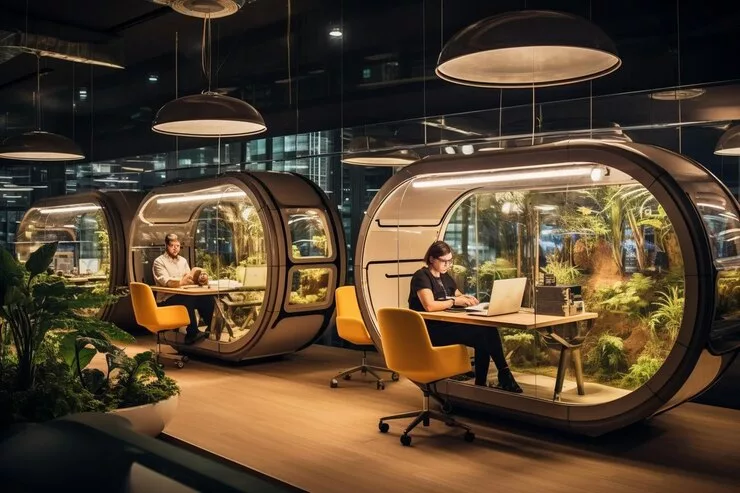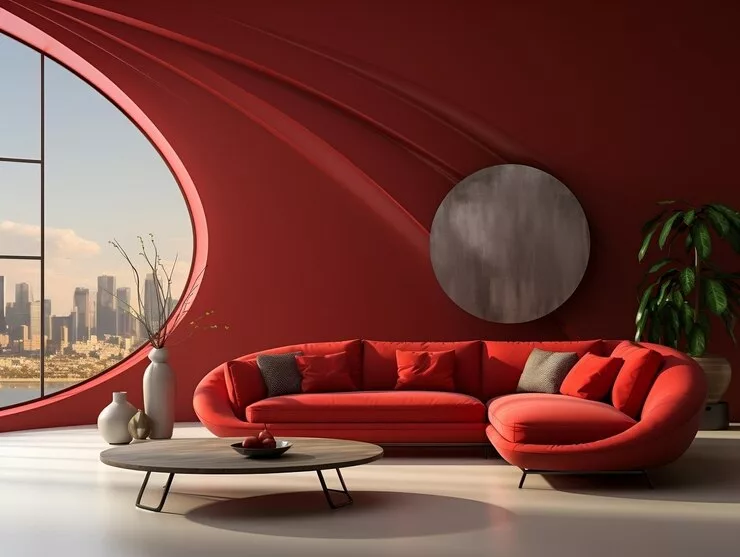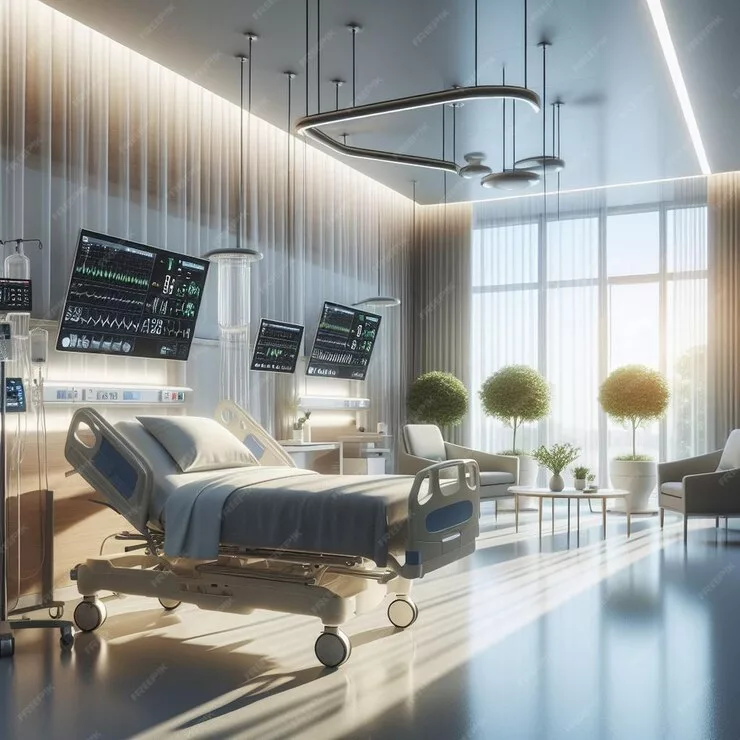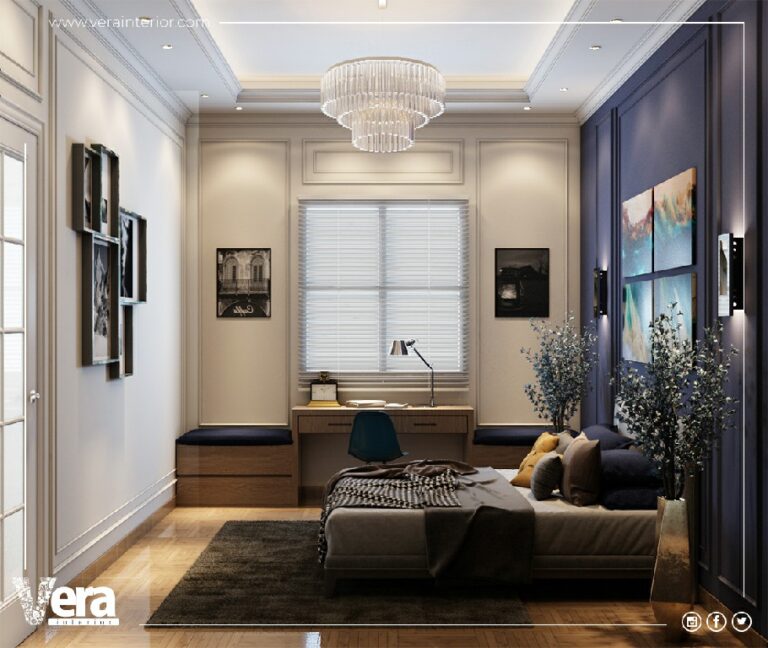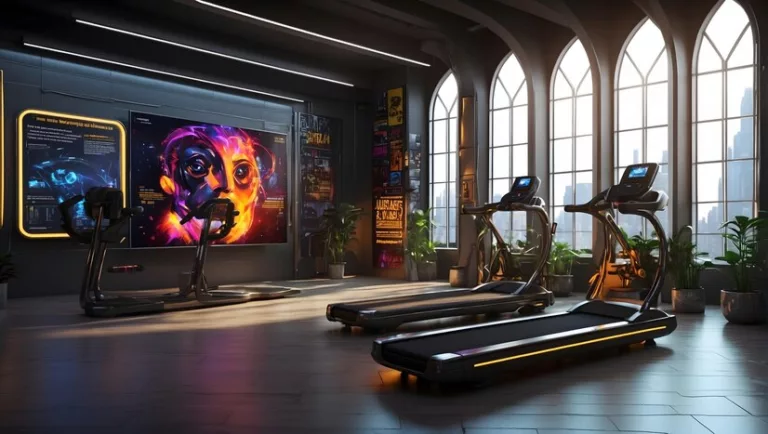Importance of Interior Design in Work Spaces
The importance of interior design in work spaces cannot be overstated. It has a significant impact on productivity, employee well-being, and overall satisfaction. A well-designed work space can promote creativity, collaboration, and efficiency, leading to better outcomes for businesses.
Importance of creating a productive work environment
A productive work environment is crucial for the success of any organization. It promotes focus, efficiency, and collaboration among employees. When the work environment is designed to support productivity, it can lead to improved performance, increased creativity, and overall job satisfaction. Creating a space that encourages productivity helps employees stay motivated and engaged in their work.
Considerations for enhancing productivity through interior design
Creating a productive work environment requires careful consideration of interior design elements. Factors such as lighting, color schemes, and layout must be optimized to minimize distractions and promote focus. Comfortable and ergonomic furniture should be chosen to support optimal posture and reduce physical strain. Additionally, incorporating technologies and smart features can streamline processes and improve efficiency.
Benefits of Well-Designed Work Spaces
A well-designed work space can have numerous benefits for employees and the overall productivity of an organization. It can boost employee morale and motivation, improve work performance, and create a positive and inspiring atmosphere. When the environment is thoughtfully designed, employees are more likely to feel valued and supported, leading to increased engagement and job satisfaction.
Boosting employee morale and motivation
Creating a well-designed work space can have a significant impact on boosting employee morale and motivation. Aesthetically pleasing and functional surroundings can make employees feel valued and appreciated, leading to increased job satisfaction and a positive attitude towards work.
Impact of aesthetics on work performance
Creating a visually appealing and well-designed work space can have a significant impact on work performance. Pleasant aesthetics contribute to a positive mood, reducing stress and increasing focus and concentration. This leads to improved productivity and overall job satisfaction.
Incorporating Natural Elements
Benefits of incorporating natural light and greenery
Incorporating natural elements such as natural light and greenery in work spaces has numerous benefits. Natural light improves mood, reduces eye strain, and boosts vitamin D levels. Greenery, on the other hand, introduces a sense of calmness and improves air quality, leading to increased productivity and well-being.
Benefits of incorporating natural light and greenery
Incorporating natural light and greenery in work spaces offers numerous benefits. Natural light improves mood, reduces eye strain, and increases Vitamin D levels. Greenery brings a sense of calmness and improves air quality, leading to increased productivity and well-being. Workers feel more connected to nature and are motivated to perform better.
How natural elements enhance productivity and well-being
Natural elements such as natural light and greenery have a positive impact on productivity and well-being in work spaces. They reduce stress, increase concentration, and promote a sense of calmness, leading to improved focus, creativity, and overall job satisfaction.
Ergonomic Furniture and Layout
Choosing ergonomic furniture is essential in creating a comfortable and productive work space. Properly designed chairs, adjustable desks, and supportive equipment reduce strain and promote good posture. The layout should also be optimized for easy movement and collaboration among employees. Ergonomics plays a crucial role in preventing workplace injuries and enhancing overall efficiency.
Choosing ergonomic furniture for comfort and productivity
Ergonomic furniture is crucial for creating a comfortable work environment. Adjustable chairs and desks promote proper posture and reduce strain on the body. Supportive equipment enhances productivity by minimizing discomfort and fatigue.
Optimizing work space layout for efficiency and collaboration
The layout of a work space plays a crucial role in promoting efficiency and collaboration among employees. Designing an open floor plan encourages communication and teamwork, while strategically placing workstations and common areas enhances workflow. Optimizing the work space layout can lead to increased productivity and a more cohesive work environment.
Technology Integration in Work Spaces
Utilizing technology is essential in modern work spaces. It allows for improved productivity by enabling employees to work more efficiently and collaborate seamlessly. Incorporating smart features and integrating technology into work space design is becoming increasingly common for organizations looking to enhance their productivity. With the right technology tools and systems in place, employees can streamline their tasks and access information more readily, leading to better overall performance and success.
Utilizing technology for improved productivity
In today’s tech-driven world, utilizing advanced technology in work spaces leads to improved productivity. From digital collaboration tools to automated processes, technology allows for streamlined tasks and faster access to information, enabling employees to work more efficiently.
Incorporating smart features in work space design
Incorporating smart features in work space design can greatly enhance productivity. Smart lighting systems adjust to natural light levels, optimizing energy usage. Automated temperature control systems provide comfort, allowing employees to focus on their tasks. Smart security systems ensure a safe and secure work environment.
Conclusion
The power of interior design in work spaces is undeniable. By creating a productive and visually appealing environment, businesses can enhance employee morale, motivation, and overall performance. Incorporating natural elements, ergonomic furniture, and advanced technology can also significantly boost productivity. As the future of work evolves, the trends in work space design will continue to cater to the needs of employees, ensuring maximum efficiency and well-being.
Key takeaways on leveraging interior design for productivity in work spaces
By leveraging interior design in work spaces, businesses can enhance productivity and employee well-being. Incorporating natural elements, ergonomic furniture, and technology integration are key factors in creating a productive environment.
Future trends in work space design for enhanced efficiency
Work space design is continuously evolving to meet the changing needs of businesses and employees. Future trends focus on creating flexible and adaptable environments that promote collaboration and well-being. This includes incorporating modular and movable furniture, implementing technology-driven features, and providing customizable spaces to accommodate different work styles. By staying ahead of these trends, businesses can ensure their work spaces remain productive and efficient in the years to come.
